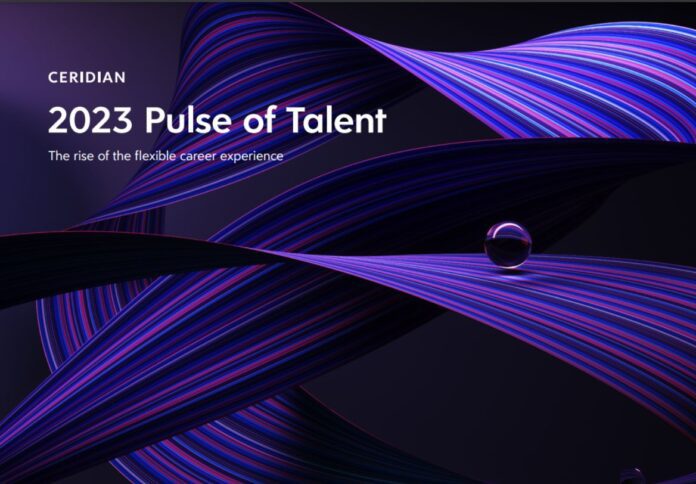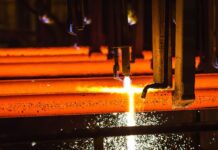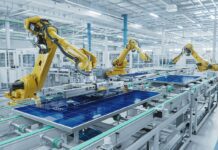
Manufacturing employees seek flexibility, not only in terms of where and how they work but also in their careers, according to a report published by global developer of human capital management technology Ceridian.
According to the company’s 2023 Pulse of Talent report, nine in 10 surveyed employees say they have felt stuck in their role over the past year, with about 33 per cent feeling that way often or always.
The survey revealed that increased levels of burnout and fatigue have prompted more employees to feel stuck in their roles. Over 91 per cent of manufacturing employees have felt stuck in their role over the past year, with 62 per cent of employees saying they feel less motivated, while 32 per cent found themselves procrastinating more and 37 per cent doing the bare minimum.
Ceridian’s report surveyed 8,833 workers across eight countries and in companies with at least 100 employees.
The report revealed that 45 per cent of respondents said their employer understands their career aspirations, while more thane 35 per cent find a change in career paths within their company more appealing.
In the report, Ceridian has urged business leaders to ensure the implementation of career paths and growth plans for employees in order to resume the “quiet quitter.”
About 59 per cent of respondents in the survey do not feel or are unsure if their employer understands their career progressions.
Meanwhile, 58 per cent of employees who say they have a clear career path with their employer said they would stay longer in their job.
The survey also found that 56 per cent of manufacturing employees are looking for a new job due to low compensation, 38 per cent due burnout, and 34 per cent attributes their decision to the lack of flexibility.
“What’s clear from our research is that employees have commitment issues with their employers,” said Susan Tohyama, CHRO at Ceridian.
“There is an opportunity for employers to counter this trend, with their own long-term commitment to employee work/life, career flexibility, and engagement. This includes opening up opportunities for employees across an organisation while giving them greater control about where, when, and how their job gets done to truly meet the needs of a modern workforce.”




















